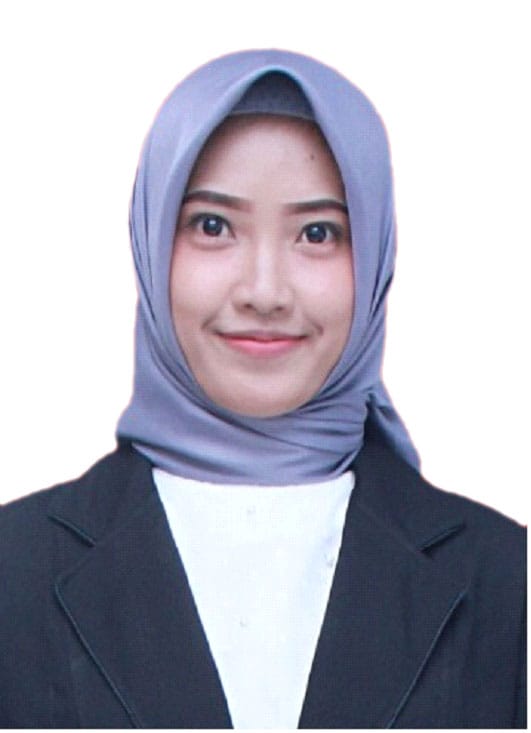The Workload and Stress Levels Among Staff Nurses in the Inpatient Ward of a Secondary Health Care Service in Indonesia
Downloads
Introduction: The workload is a discrepancy between a worker's capacity or capability and the demands of the job that must be performed. An evenly distributed workload should be able to minimize the level of job-related stress among staff nurses in the hospital. This study aimed to analyze the relationship between workload and stress levels among nurses in the Inpatient Ward of secondary health service in Indonesia.
Methods: This research employs a cross-sectional approach. The sampling technique used in this study is probability sampling with a simple random sampling technique, where samples were selected randomly without considering strata within the population, which consists of 64 staff nurses working in the Inpatient Wards of Class II and Class III. Collecting data was took place in a secondary health service; Oto Iskandar Di Nata District Hospital Soreang, Bandung, Indonesia. The NASA-TLX (Task Load Index) questionnaire is utilized to measure workload, while the DASS-21 (Depression Anxiety Stress Scale 21) questionnaire is used to assess the stress levels among nurses. The statistical test in this study used the Chi Square test to determine the correlation between variables.
Results: A total of 21 nurses (32.8%) experienced severe stress and 18 nurses (28.1%) had a heavy workload. The data analysis using the Chi-Square statistical test yielded a p-value of 0.001, which is less than the alpha level (α = 0.05) that indicate a relationship between workload and stress levels among staff nurses in the Inpatient Wards of Oto Iskandar Di Nata District Hospital Soreang Bandung, Indonesia.
Conclusions: The workload has a strong correlation with stress levels among staff nurses in the Inpatient Wards of Oto Iskandar Di Nata District Hospital Soreang, Bandung, Indonesia. Further study for analyze other factors which has more influence to stress levels among nurses in the Inpatient settings is needed.
Copyright (c) 2024 Vina Febrianti, Arie J. Pitono, Ahmad Arifin, Egi Komara Yudha

This work is licensed under a Creative Commons Attribution 4.0 International License.
1. The journal allows the author to hold the copyright of the article without restrictions.
2. The journal allows the author(s) to retain publishing rights without restrictions.
3. The legal formal aspect of journal publication accessibility refers to Creative Commons Attribution (CC BY).
















